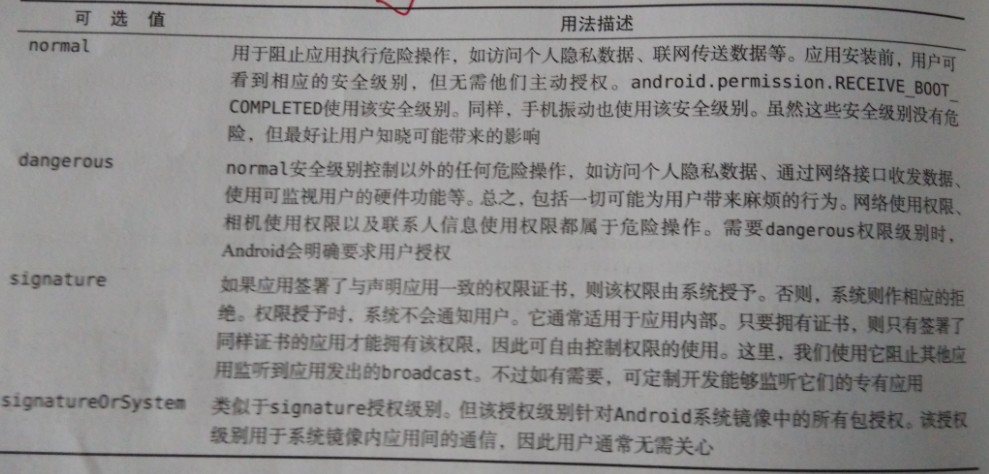本文主要是介绍Closure bindTo $this 与 receiver,希望对大家解决编程问题提供一定的参考价值,需要的开发者们随着小编来一起学习吧!
闭包:在局部作用域(通常是函数或方法)内,引用了外部数据的函数。
Closure Closure::bindTo ( object $newthis [, mixed $newscope = 'static' ] )
复制当前闭包对象,绑定指定的$this对象和类作用域。
-
绑定给匿名函数的一个对象,或者
NULL来取消绑定。 -
关联到匿名函数的类作用域,或者 'static' 保持当前状态。如果是一个对象,则使用这个对象的类型为新的类作用域。 这会决定绑定的对象的 保护、私有成员 方法的可见性。
newthis newscope 示例1:
class A {function __construct($val) {$this->val = $val;}function getClosure() {//returns closure bound to this object and scopereturn function() { return $this->val; };}
}$ob1 = new A(1);
$ob2 = new A(2);$cl = $ob1->getClosure();
echo $cl(), "\n"; // 1
$cl = $cl->bindTo($ob2);
echo $cl(), "\n"; // 2简述:改变 对象的内$this的指向 。由此可见,是不是有点类似javascript 中的 call,apply,bind的味道。
题外,用go接口实现 的中receiver 接收器 参数 说法来更为贴切。
php对象类js (Javascript-like)
事实上也的确可以这样操作了,只需要使用以下trait
trait DynamicDefinition {public function __call($name, $args) {if (is_callable($this->$name)) {return call_user_func($this->$name, $args);}else {throw new \RuntimeException("Method {$name} does not exist");}}public function __set($name, $value) {$this->$name = is_callable($value)?$value->bindTo($this, $this):$value;}
}class Foo {use DynamicDefinition;private $privateValue = 'I am private';}$foo = new Foo;
$foo->bar = function() {return $this->privateValue;
};// prints 'I am private'
print $foo->bar();这篇关于Closure bindTo $this 与 receiver的文章就介绍到这儿,希望我们推荐的文章对编程师们有所帮助!




